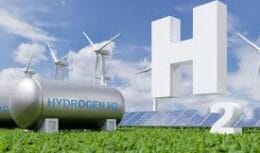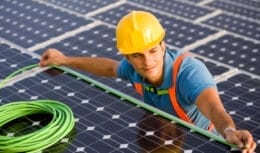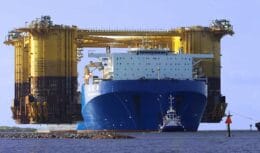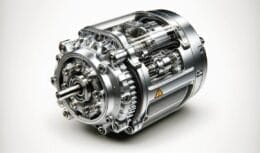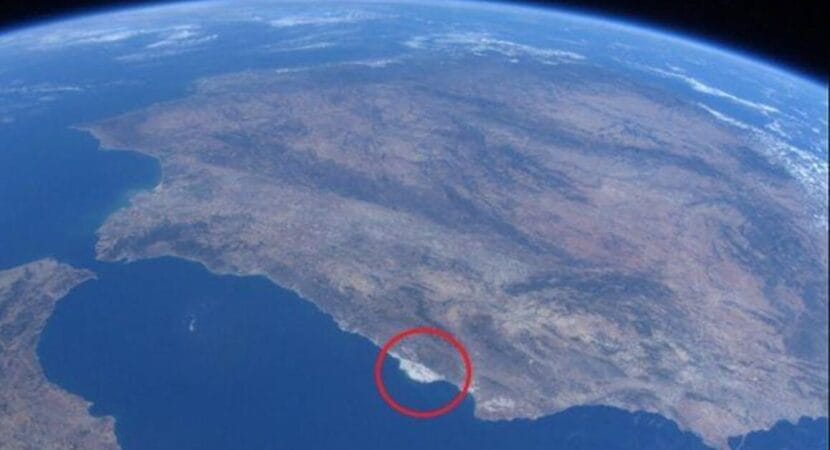
Almería Plastic Sea: the unique human construction you can see from space. Discover its origin and local effect here!
Generally, when we think of colossal structures created by humans, the Great Wall of China or the pyramids of Giza are the first to come to mind. However, there is a modern construction that, although not as famous, surpasses these ancient constructions by one unique appearance: your visibility from space.
This is the so-called Almería Plastic Sea, in southern Spain. This vast expanse of greenhouses, covering more than 40.000 hectares, is so large that it is the only human construction visible from space.
But few know about this incredible white spot on the edge of the Mediterranean. How did it come about? What is it made of? What is its environmental impact?
The history of Sea of Plastic construction dates back to the 1960s, when Spanish farmers were looking for a way to grow out-of-season fruit and vegetables in an arid climate with little rain. The province of Almería in southeastern Spain has some of the driest conditions in Europe. But this area has access to groundwater and plenty of sunshine.
So, farmers thought of a clever solution: building greenhouses covered in plastic.
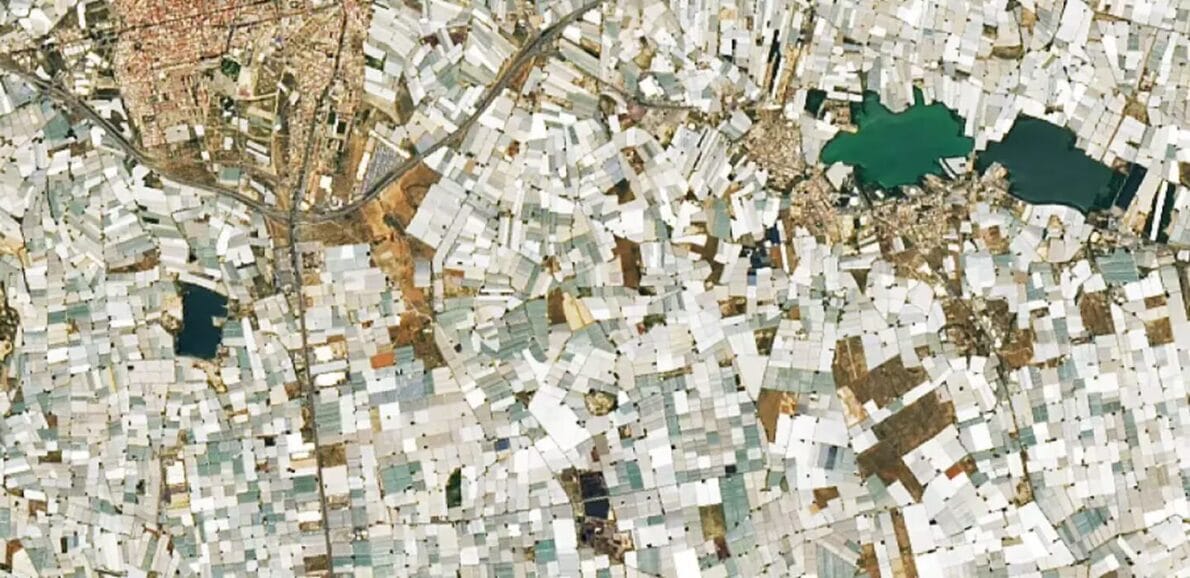
What are greenhouses
Greenhouses are a relatively new phenomenon. In the 1950s, Campo de Dalías, a region located on the edge of the Mediterranean Sea, was covered mainly by bush vegetation, pastures and some small plots of seasonal crops growing outdoors.
There, farmers began experimenting in the 1950s and 1960s, adding layers of sand along with a plastic mulch, initially to protect the soil and plants from damaging winds and salty groundwater. They soon realized that growing crops under plastic was much more productive than growing crops outdoors because the soil maintained more heat and retained more moisture.
The innovation proved to be a resounding success. The greenhouses created a perfect microclimate for cultivation, protecting the plants from wind, sea salt and frost. Furthermore, plastic allowed better control of temperature, humidity and light, optimizing crop growth.
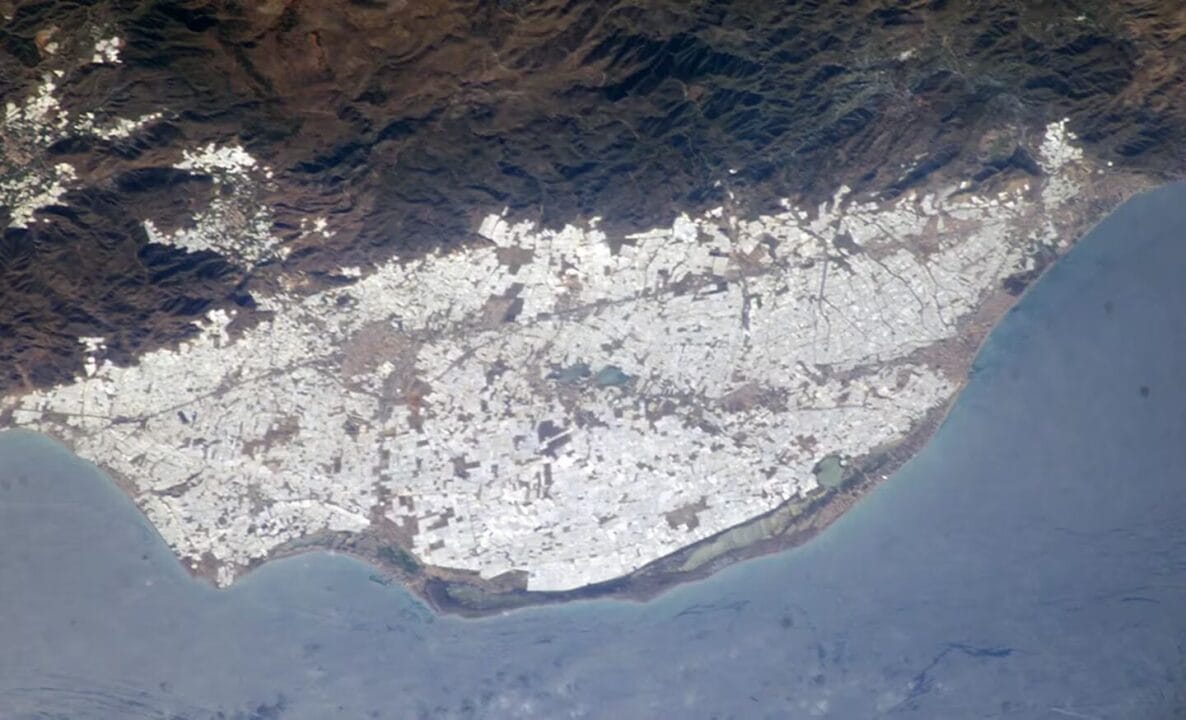
Thus, the sea of plastic quickly became an economic engine for the region. Today, Almería is one of the main fruit and vegetable producers in Europe. Thanks to this impressive structure of hundreds of “stalls”, it supplies markets across the continent and even beyond.
Currently, Almería's greenhouses produce between 2,5 million and 3,5 million tons of fruit and vegetables per year, enough to become an important source of out-of-season tomatoes, peppers, cucumbers and melons for inhabitants throughout the Europe.
According to estimates published by NASA, Almería's greenhouses now cover more than 40.000 hectares, almost the entire Campo de Dalías. They also extended to neighboring areas. The greenhouses cover such a large area that they probably even caused a localized cooling effect, since the white roofs reflect a substantial amount of sunlight.
The environmental impact of the Almería Plastic Sea
The construction of the Almería Plastic Sea is not without criticism. The extensive use of materials needed for greenhouse roofs has generated environmental concerns, such as soil and water pollution from plastic waste, loss of biodiversity and the emission of harmful gases into the atmosphere.
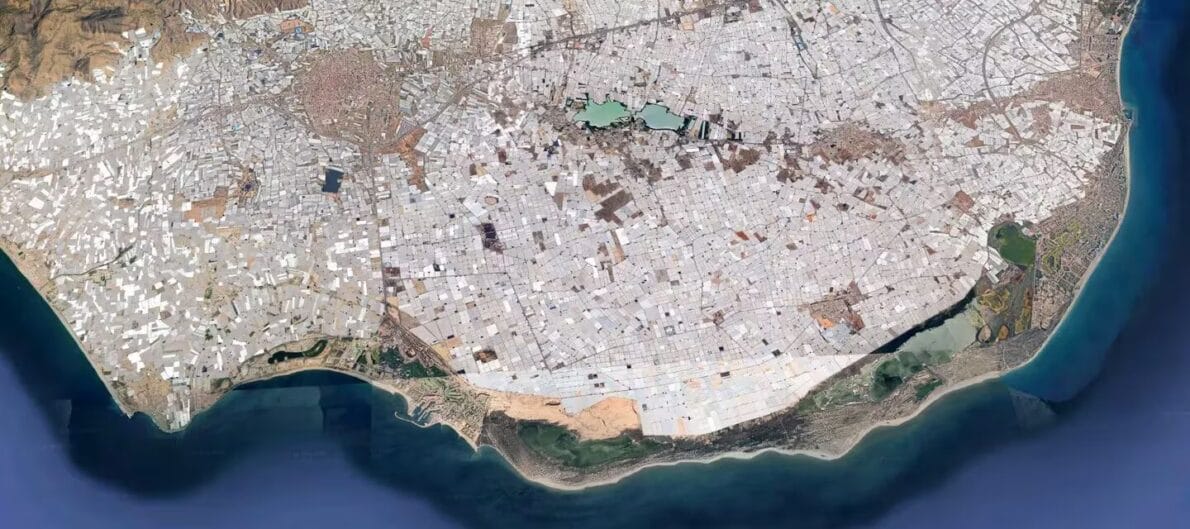
Aware of these challenges, farmers, authorities and environmental organizations have been working for years to make greenhouse construction more sustainable, with new techniques to reduce the use of plastic, such as the use of degradable bioplastics and the reuse of materials.
Furthermore, more sustainable agricultural practices are being encouraged, such as organic farming and efficient water management.
Source: tn.com



